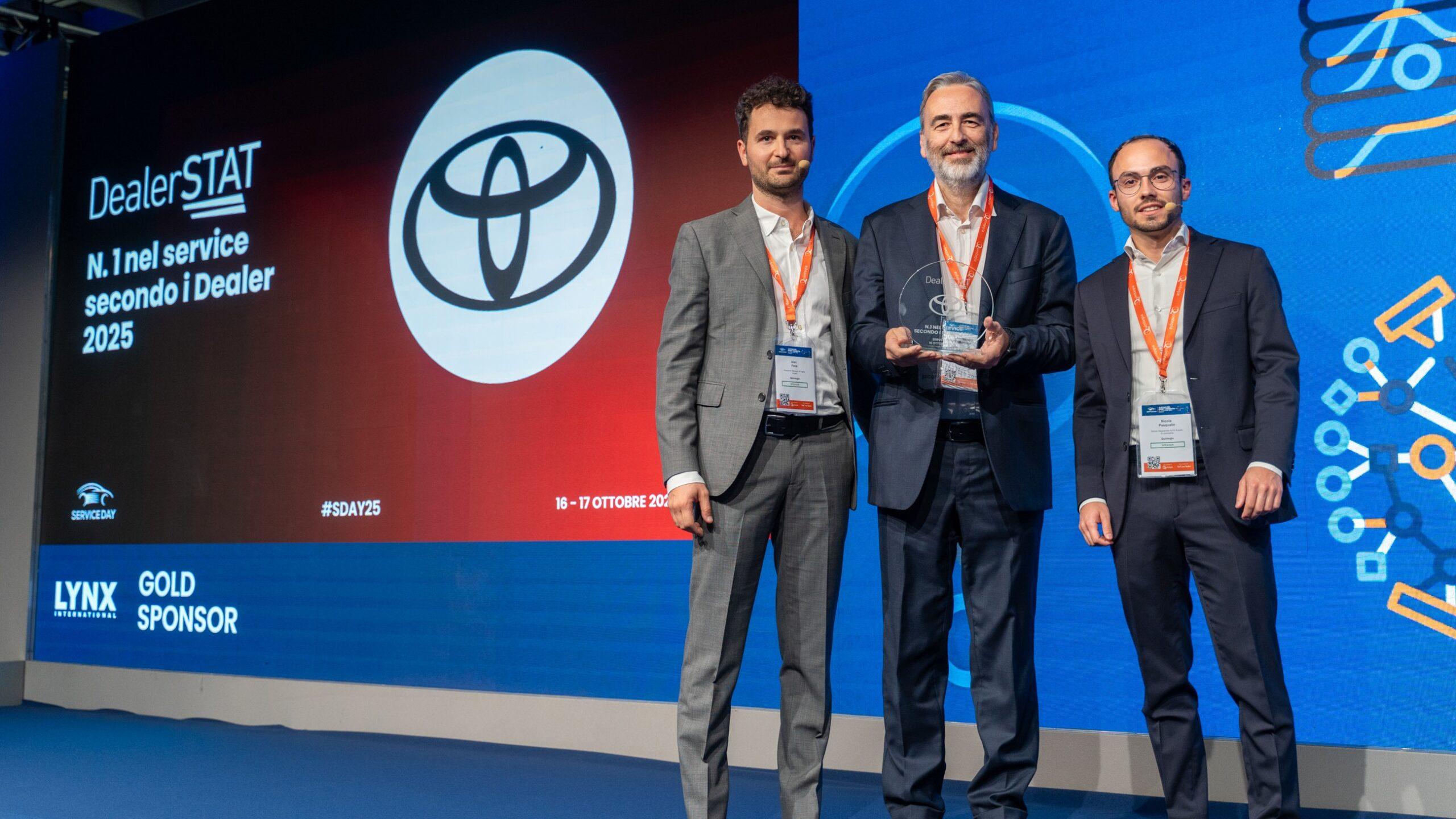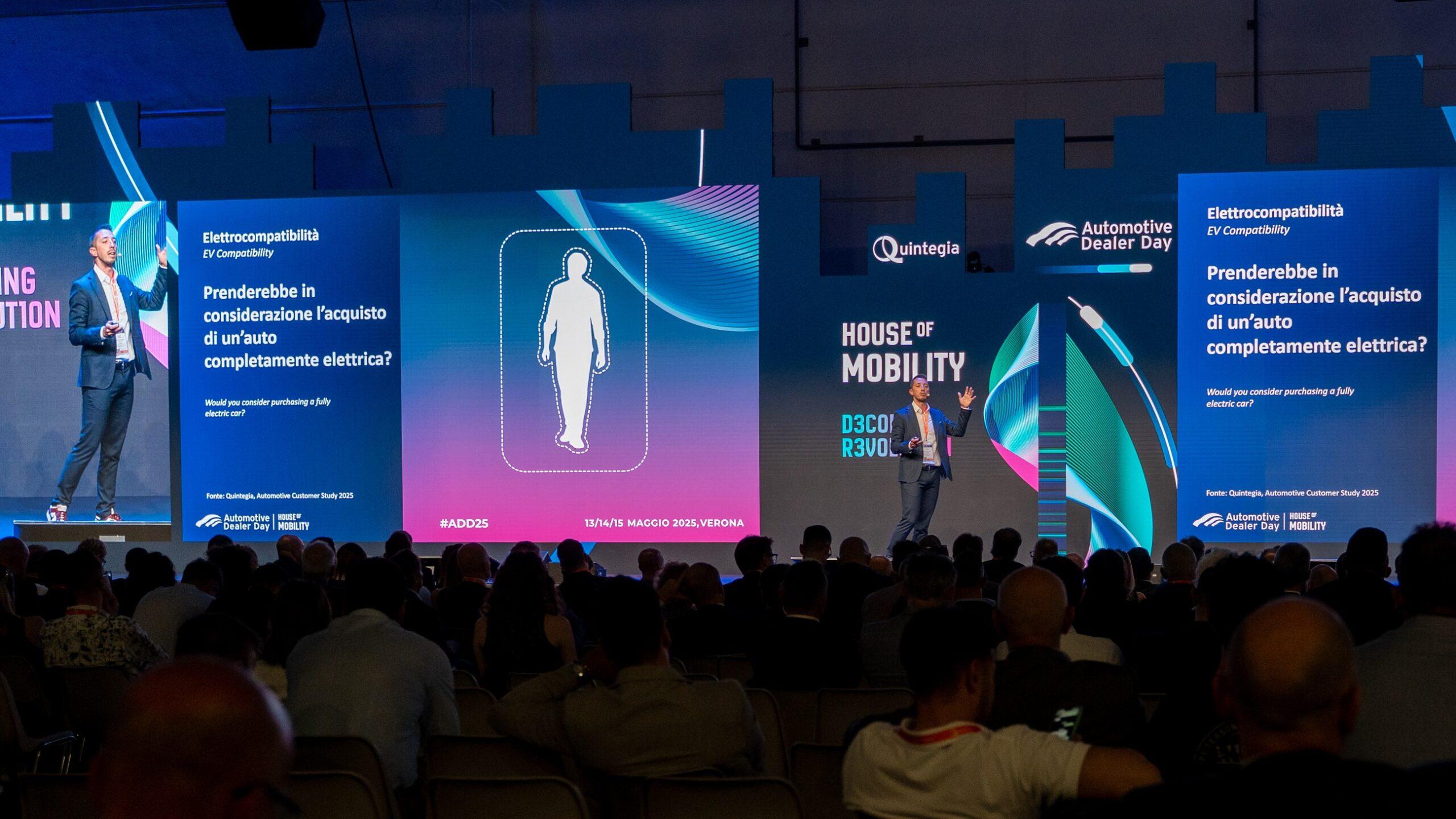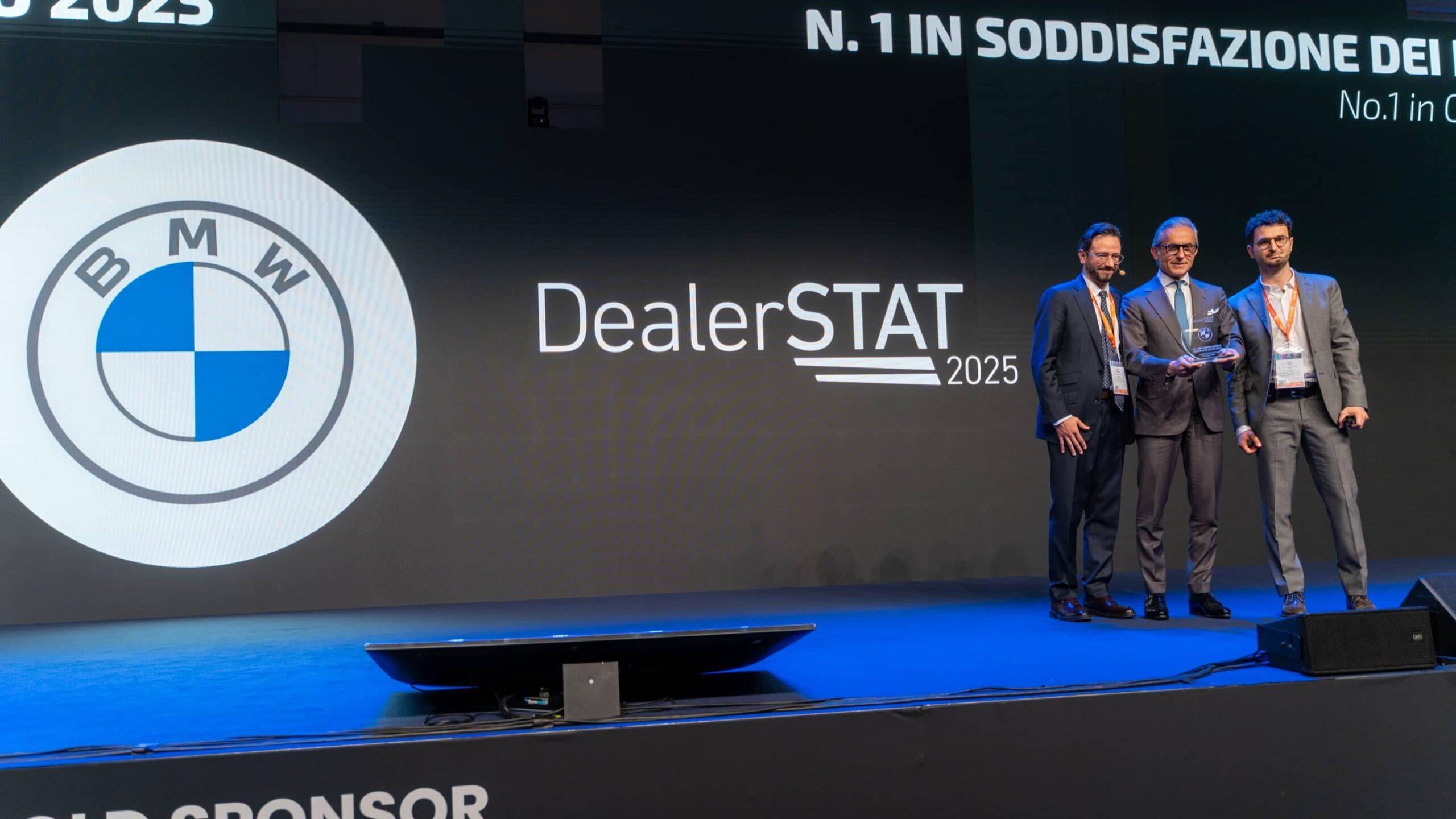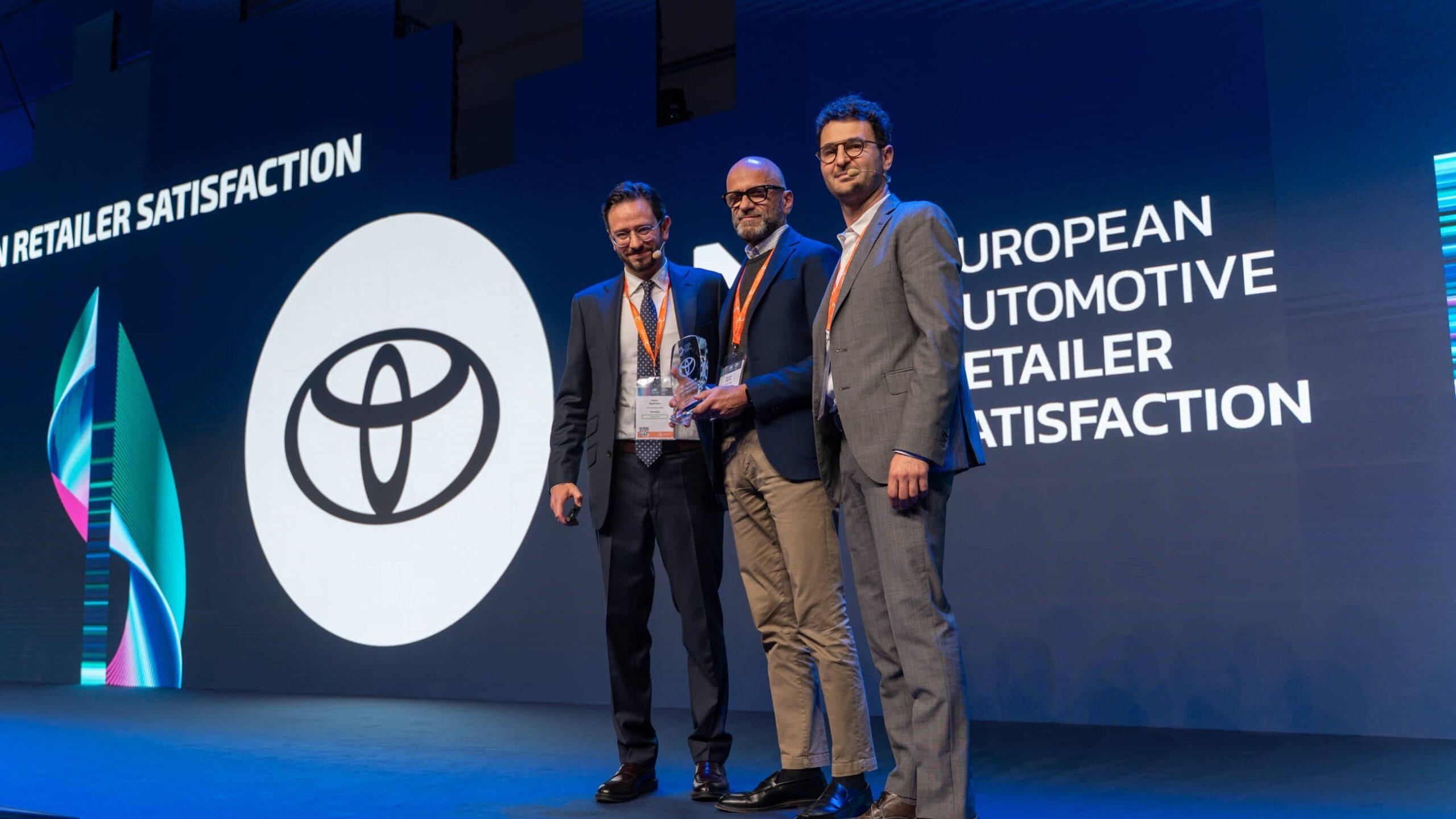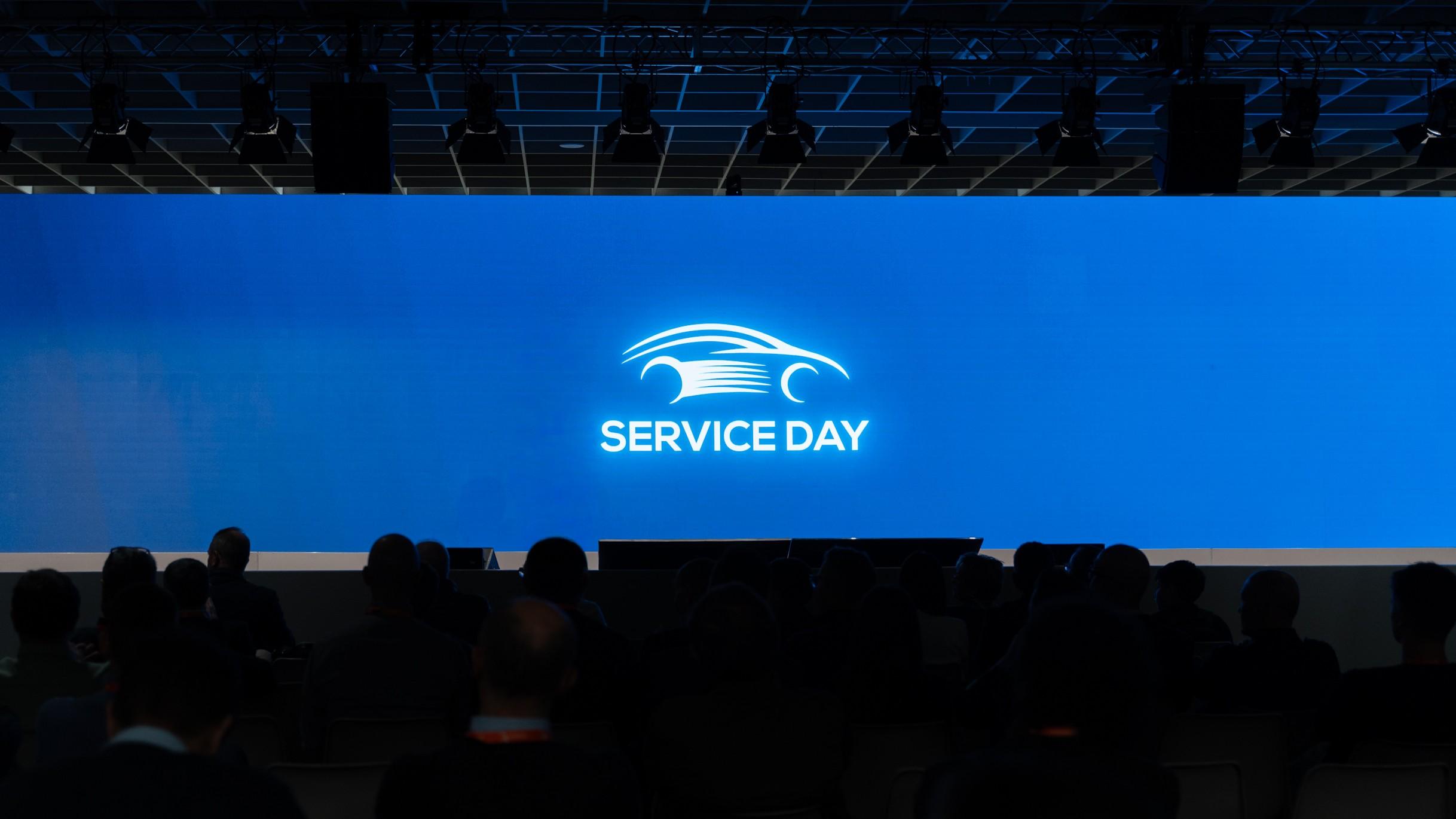Editorial by Leonardo Buzzavo
An unexpected situation. An ancient metaphor highlights that when the water level drops, the spikes of rocks at the bottom begin to reveal their danger. For the automotive distribution industry, the state of paralysis triggered by the health emergency has led to a drastic decline in the level, and what emerges is a never-before-seen cocktail of elements. Among these are problematic elements such as uncertainty about the timing of the introduction of new products and technologies, economic and financial stress, doubts about the future evolution of car-sharing schemes, and more. But there are also positive elements, such as the spirit of resilience within a passionate community dedicated to their profession, a inclination for solidarity shown on many fronts, and a desire to adapt to serve the needs of comprehensive mobility. With no manual of behavior given the absolute novelty and rapidity of the phenomenon, each actor in the industry has had to roll up their sleeves and navigate the difficult interpolation between different demands and needs.
The Automotive Manufacturers’ Front. Automakers are experiencing lively interaction between national importers and headquarters to balance situations in each market. Alongside the understandable need to reduce costs, there is a strong emphasis on keeping ongoing campaigns alive, supporting the network in terms of liquidity, and ensuring the continuation of online training activities.
Many initiatives have been implemented by the manufacturers, in addition to solidarity, some visible to end consumers and others less so: there are active campaigns to encourage citizens to stay at home (as seen with FCA) and maintain social distancing (VW’s campaign with the spacing of the two letters in its logo is particularly original in this regard). Another front is the digital presence to keep the customer journey alive, such as the online showroom promoted by many brands including Mercedes and Peugeot. Certainly, in the new landscape, the tools of connection and dialogue with dealers developed over time by the manufacturers are important, with ONEToyota RCC standing out, an app dedicated to increasing two-way proximity (with frequent queries to gauge the state of relationships), conveying content (beyond the traditional circulars), and facilitating working groups for the exchange of ideas.
Activities of the dealers. Dealers, with stores and service points closed except for a few exceptions, have ventured into communication, trying to adapt quickly to a new mood characterized by signs of availability for online consulting and video calls, tutorial initiatives and subtle information capsules, offers more in line with the current difficulties, including the classic “buy now pay later,” and even moments of creativity, such as promises of future deliveries made even more special. Certainly, the service area has seen the most activity, with a focus on caring and particular attention to contingent needs such as battery replacement and pick-up and delivery solutions.
The relationship between manufacturers and dealers. It is highly likely that the violent impact on the automotive demand will generate a greater need for selecting the network, favoring stronger operators more willing to adapt to a changed landscape. Dealers have long complained that the distribution system is characterized by profitability heavily dependent on manufacturer bonuses, tied to certain operational parameters, and linked to periodic campaigns: in this moment, this dynamic will further highlight the existence of different clusters of operators within the same brand.
It can be assumed that the need for efficiency recovery by manufacturers will exert strong pressure on importers to review the mix of activities, drying up many of them (and unfortunately, their staff as well) in favor of streamlining and reducing bureaucracy. The theme, which was very important to Marchionne, about the need for strong synergies in production may become more relevant downstream in the search for new distribution synergies, including those that were difficult to imagine until recently.
Certainly, the current crisis requires delicate mediation between two worlds in which typically the managerial dimension of the automakers, often steeped in short-term demands and multinational political aspects, has found a sometimes conflicting, sometimes complementary alter ego in the entrepreneurial dimension of the network, traditionally imbued with blood passion and a long-term orientation.
In the coming months, the existence of a healthy, pragmatic, and collaborative relationship between brands and the network will play a role as a competitive advantage in stitching together the pieces and accounts of a deeply transformed market.
Navigating uncertainty. What to do? It is understood that there are no predefined recipes, and this applies both at the macro-economic system level and at the level of individual companies in the territory. One constant will therefore be the ability to navigate uncertainty, with the consequent need to manage two fronts. The first is to remain flexible, which is challenging to implement because it requires flexibility in processes, personnel, and so on. The difficulty lies in transitioning from an approach that rightly seeks to create fixed points and routines for implementation to an approach that maintains flexibility as a constant factor. The second is to try to enhance the level of learning. Given the uncertainty, it is necessary to be in a position to learn how to move forward, to study the market, the sector, the economy, and adjust as needed. There is no doubt that the automotive demand landscape will undergo a contraction and restructuring that leaves little room for “drag-along” approaches in favor of “laser-focused” approaches. Marketing, with a capital “M,” will take the lead.
One last thing: unfortunately, the temptation to look to China for the market’s performance after the lockdown is not very practical, as China is an emerging market with a different character compared to the saturation and replacement nature of the Italian market. Furthermore, this makes us understand that, just like the trend of epidemiological curves, we will have many eyes of the world focused on us. Let’s hope that Italy knows how to play its cards well.


